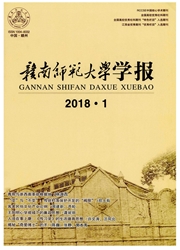

 中文摘要:
中文摘要:
库区移民安置一直是水利建设中的老大难问题,高原水库建设中移民安置工作的任务更其繁重,派生的生态问题和社会问题也更其错综复杂,其中,肥沃稻田被淹没往往是移民安置中难以化解的尖锐矛盾。贵州省罗甸县木引乡目前正在新修两座水库,移民工作涉及到苗族、布依族和汉族。两座水库的库区都处在喀斯特高山深谷地带,无论从文化的视觉还是从自然和生态结构的角度看,都可视为高原库区移民的典型代表。而水面漂浮农田种植又是一项国内外曾经普遍使用过的特种农耕技术,库区蓄水后能为这种特种农耕技术创造广泛应用的空间条件,有计划的引进这一农耕技术并与库区移民安置工作结合起来,不仅可以提高移民安置的成效,而且能推动该乡产业结构的创新。
 英文摘要:
英文摘要:
Migrant resettlement in reservoir areas has long been quite difficult in water resource projects, particularly in dam construction projects in plateau areas due to some ecological and social teasons. Among them, flooded paddy fields must be the most complicated problem and the sharpest conflict. Two dams are under construction in the Karst areas of Muying Township, Luodian County of Guizhou Province, where live 3 groups of people-the Miao, the Buyi and the Han. From cultural and ecological perspectives, the projects can be treated as the typical example in terms of plateau reservoir resettlement. Floating paddy field technology, a special traditional farming technique, has been widely practiced worldwide. Reservoir storage would provide spatial advantages for its application, which can benefit the migrants effectively and improve the innovations of industrial structures.
 同期刊论文项目
同期刊论文项目
 同项目期刊论文
同项目期刊论文
 期刊信息
期刊信息
